As a non-religious person, I seem to spend a lot of time visiting churches. I used to say that it was not for their principal purpose, but considering how many of them are high on the list of attractions for visitors, I may have to drop that line.
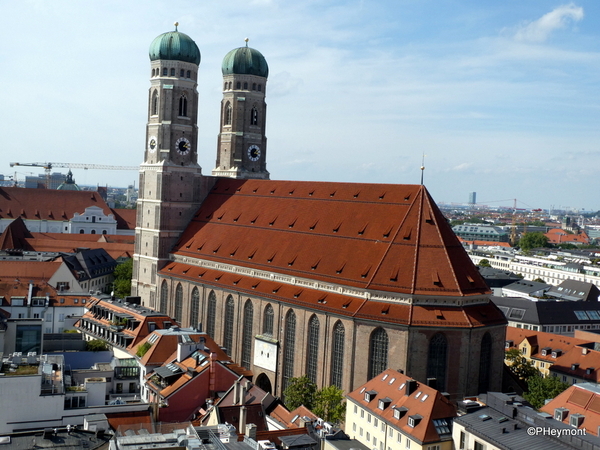 The Frauenkirche, or Church of our Dear Lady, Munich's Catholic Cathedral
The Frauenkirche, or Church of our Dear Lady, Munich's Catholic Cathedral
The really amazing thing about churches in many European cities is how many of them are concentrated in what seems like a very small area, and how large and ornate they are, as if competing for customers—or more usually, for the patronage of the rich and powerful who had the funds to make them large and ornate.
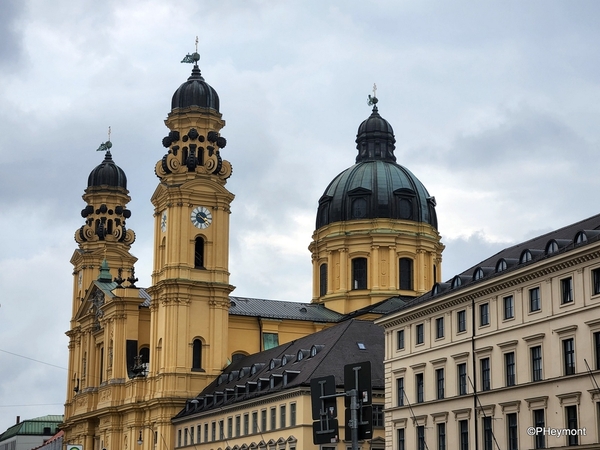 Theatinerkirche, baroque within its rococo facade
Theatinerkirche, baroque within its rococo facade
That said, this post is about three old but quite different from each other churches in Munich, all within blocks of each other, and each with its own 'vibe.'
The oldest of them is Saint Peter's Church, the Alte Peter, which is on the site of the oldest church in the city; monks lived on the spot before 800 AD, and the spot marks the founding of the city in 1158. A church built then burned in 1327, and was replaced by the present church. Its 300-foot tower was added in the 1600s.
St Peter's has a lot of 'memento mori' on its outer walls, plaques that serve in place of gravestones from the Middle Ages and beyond, but perhaps the most startling reminder of death is the glassed-in display of the skeleton of Saint Mundita, supposedly martyred by beheading in Rome in 310 AD, and venerated as the patron saint of spinsters. She's been in Munich since 1677. The skull is wrapped in netting with glass eyes, and jewels glued to her bones.
The side aisles are lined with chapels dedicated to different saints, most often paid for by wealthy families, whose names are, of course, displayed as well. Gold and gold leaf against white is clearly the preferred scheme.
The meticulous condition of the church's fittings, its ornate ceiling paintings and more make it easy to forget that it was heavily damaged in World War II bombing, although most of its treasures had been removed for safekeeping.
The church's organ was destroyed, although most of its decorative elements survived. With a few reconstructions, it looks as it did before the war, but the organ within the case was only completed in 2003.
Of course, a small gift shop. And, one of my favorite things, a good supply of stacked chairs forming interesting patterns, in this case a twofer. Not far away, after leaving the church, I spotted another.
The Frauenkirche is not only Munich's cathedral, it's the city's second-oldest parish after St Peter's, created in the late 1100s. The present church was built in only 20 years, and was finished in 1488. And, there's a reason for the speed. 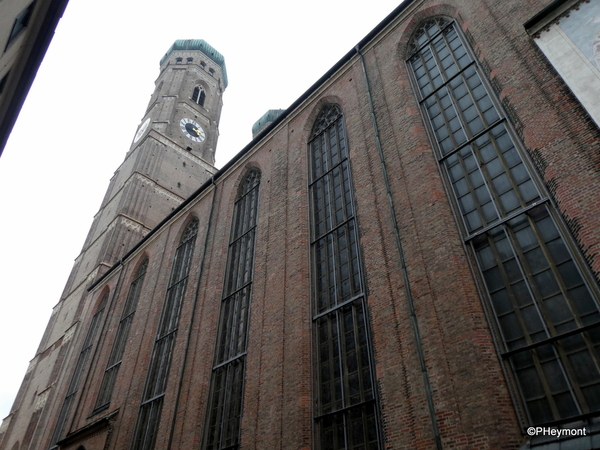
Unusual for a church of its monumental size, it's all brick. There was no stone quarry within reasonable distance, and transporting stone from further away would have blown the budget, so brick was chosen. And brick is a faster way to build; no need for wrangling immensely heavy stones to great heights. Even in brick, the money ran out; in 1479 the Pope allowed the sale of indulgences to raise money to finish the church.
Financial issues continued; the towers reached their present height in 1488, when the church was finished, but were supposed to be topped with even taller openwork spires...but, no money. In 1525 they got their present caps in a hurry, because rainwater had eaten away the temporary tower roofs. A 2004 city law prohibits any new building from exceeding the height of the towers.
In contrast to the ornate ceilings and heavily-decorated walls of St Peter's, the Frauenkirche is austere, and (budget again) has always been so. Surprisingly, at a time when the city had 13,000 residents and a large existing church, this new one was built to hold 20,000 people in standing room.
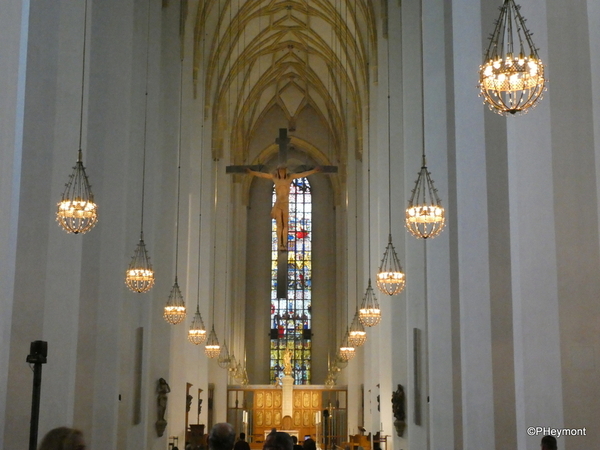
Much of the church's art and artifacts was destroyed in bombing, but the Devil's Footstep survived (not a surprise!) It is a footprint-shaped black mark near the entrance where, legend says, the Devil stopped to watch the construction of the church and stamped his foot in anger.
The Frauenkirche organs date to the 1990s and are the largest organ ensemble in Munich. I would have like to hear it, but I had to settle for what is one of the most beautiful modern organ cases I've seen. Below, just outside the church, is the Water Mushroom Fountain, built in 1972. On other visits, I've often seen children crossing it, hopping from mushroom to mushroom.
If the Theatine Church, just across from the one-time palace of Bavarian kings, looks a bit Italian, it's not an accident. The church was ordered in 1663 by the Elector of Bavaria, Ferdinand Maria, to celebrate the birth of his first son. His Italian-born wife, Henriette of Savoy, hired the architects. Over the twenty-plus years of construction, there was constant infighting among the architects and occasionally with the royals, so the building bears the marks of many hands.
There's always room for another collection box for another caused...
The Theatinerkirche is, though the styles are different, as ornate as St Peter's, but as unified in style as the Frauenkirche. And, the hand of the Italian Renaissance architects and artists is clearly in evidence.
The overall tone in the building is bright; large banks of windows at the top of the walls, fitted with clear glass rather than stained, let in large volumes of light.
A chance moment with a cascade of arches... and some especially ornate stonework at a window.
Neither the Elector nor the Electress lived to see the church finished; they both died in the mid-1670s and the church was finished during the reign of his son, Maximillian II, whose tomb is shown here, along with that of his wife. Ferdinand Maria and Henriette are also buried in the church, but in the crypt.

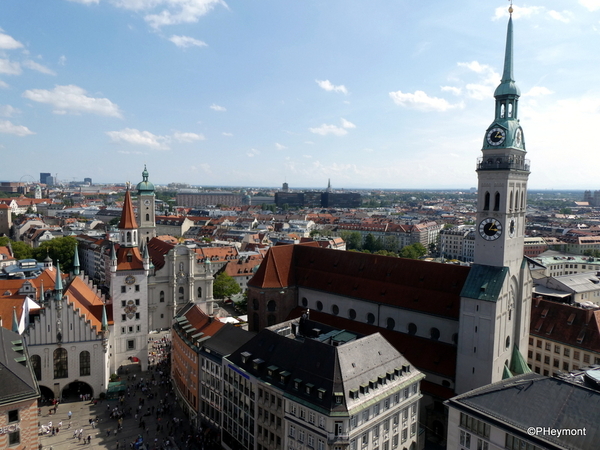
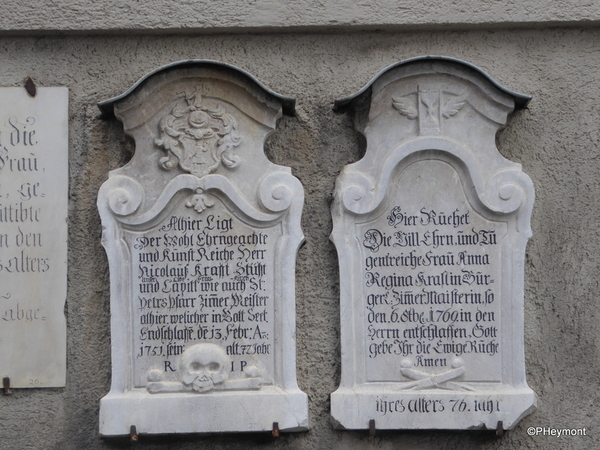

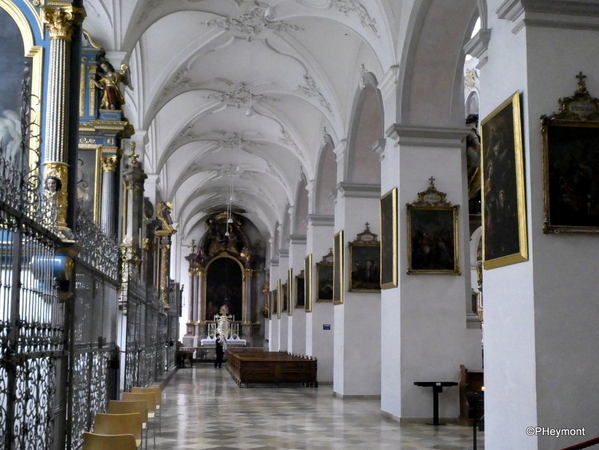
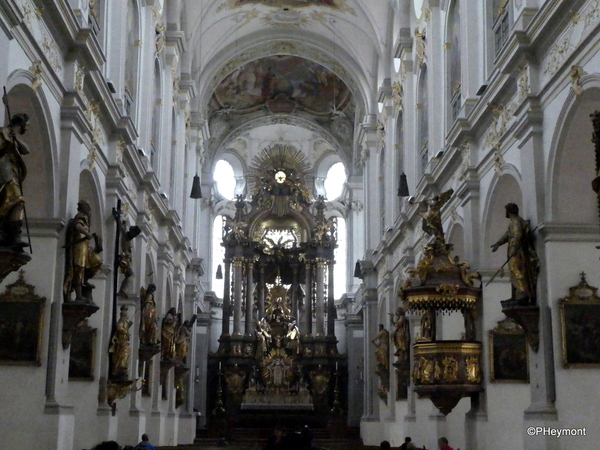
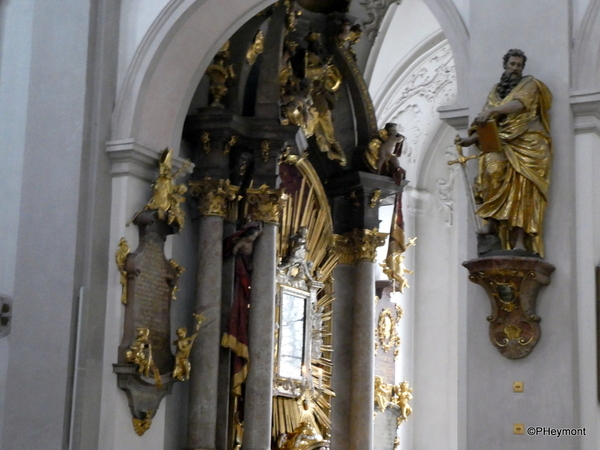
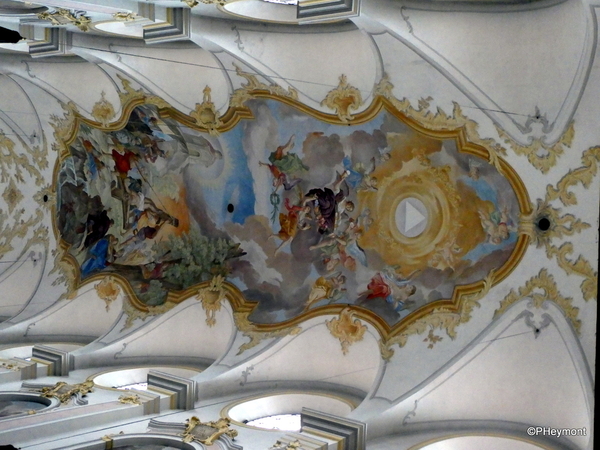
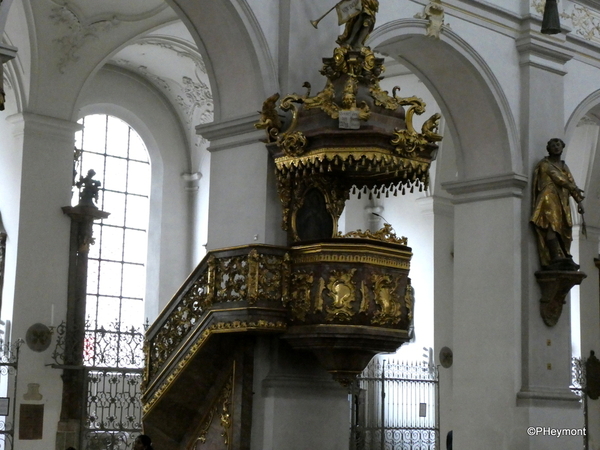
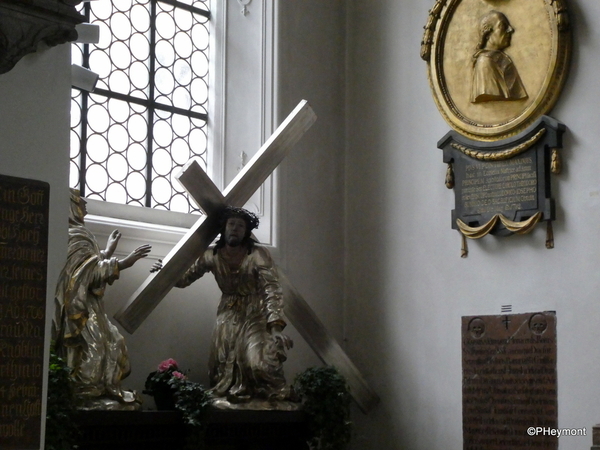
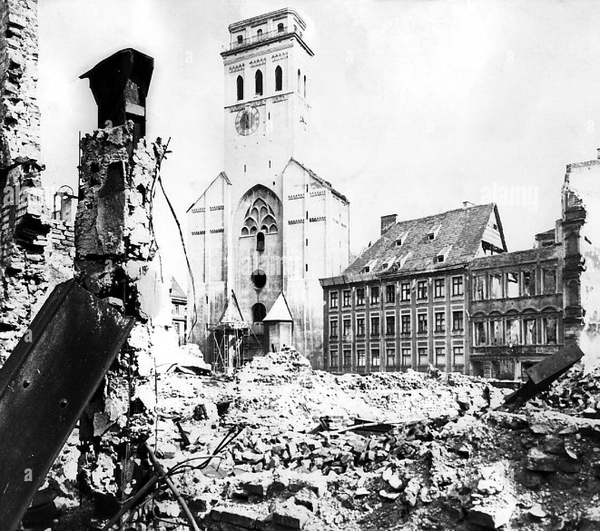
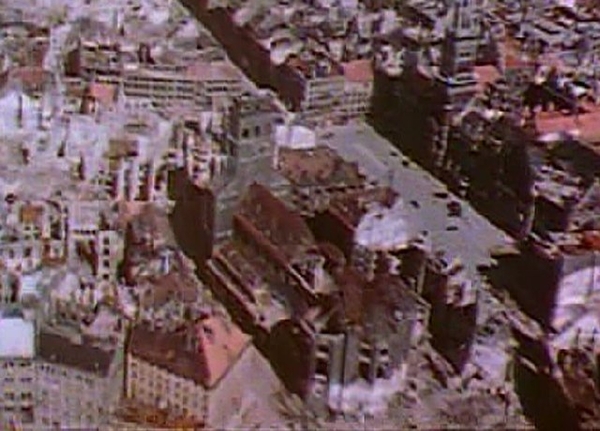
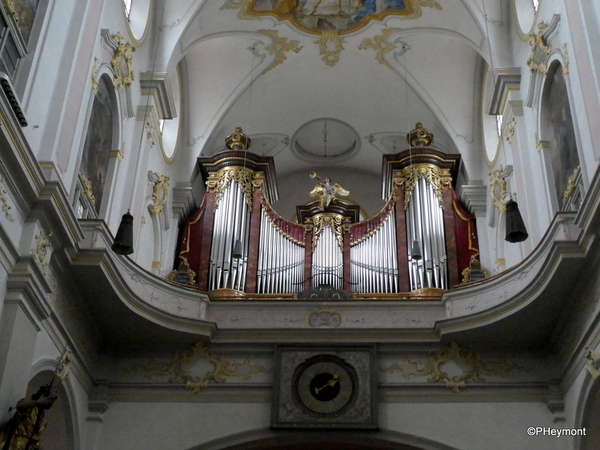
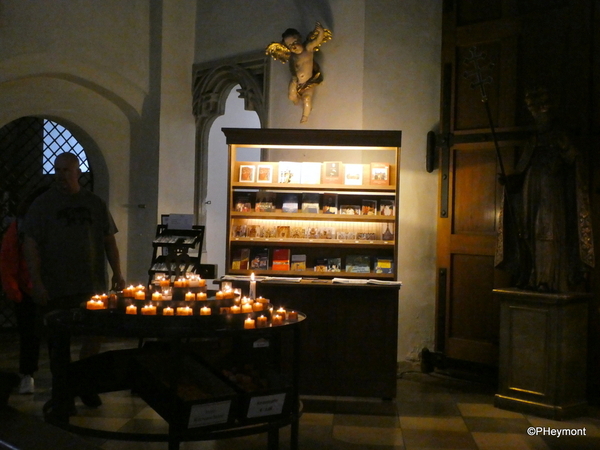
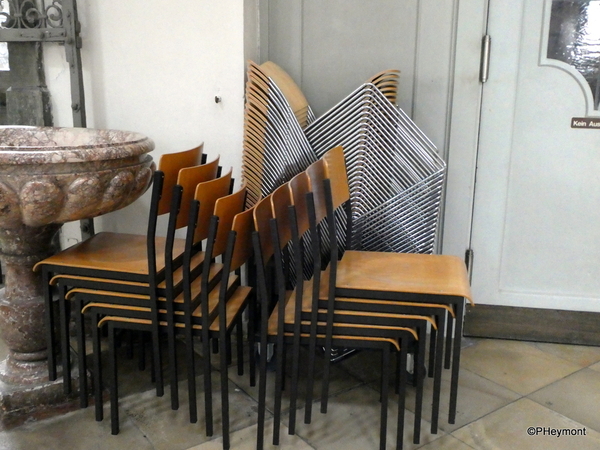
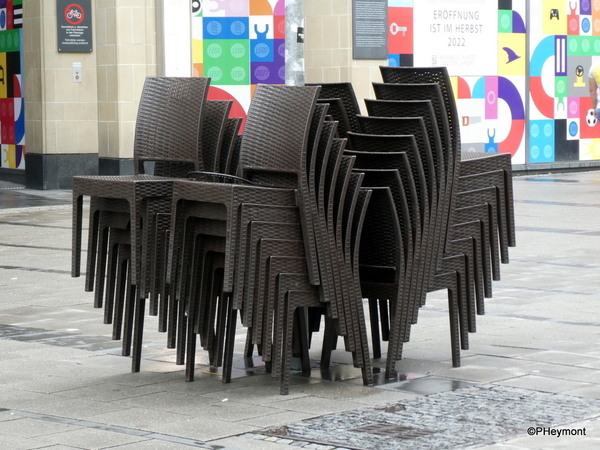
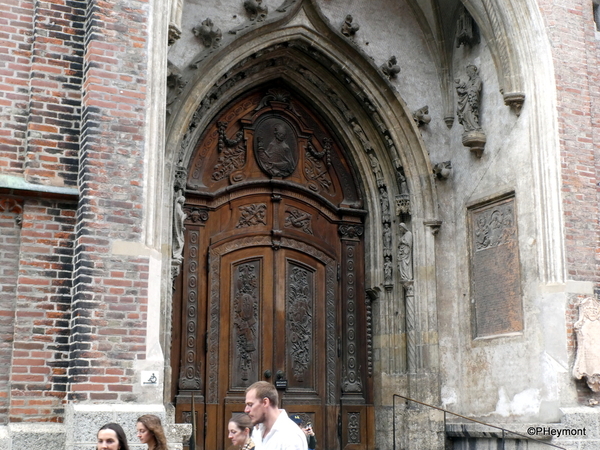
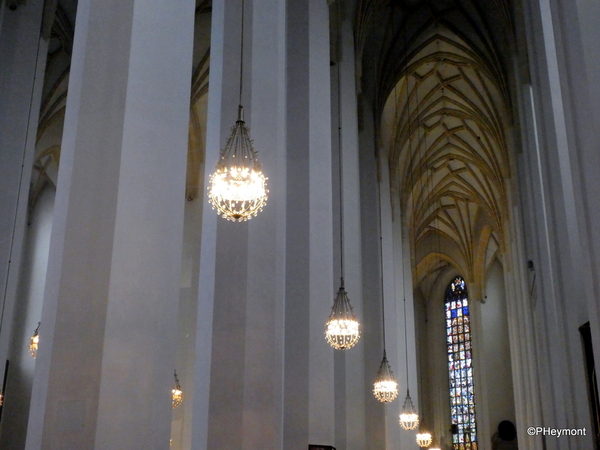
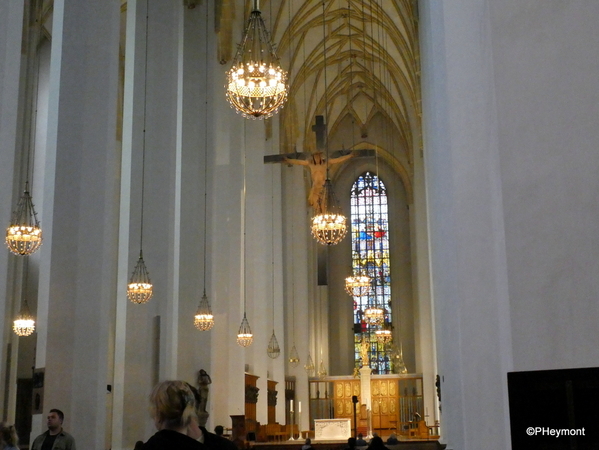
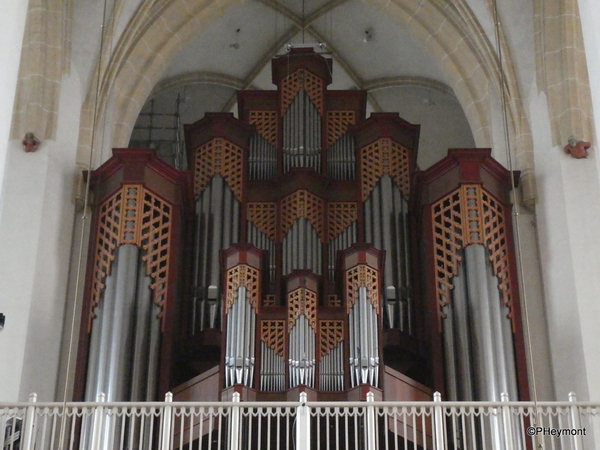
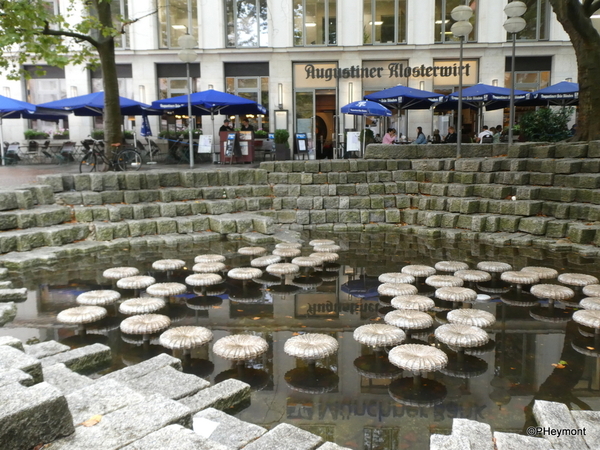
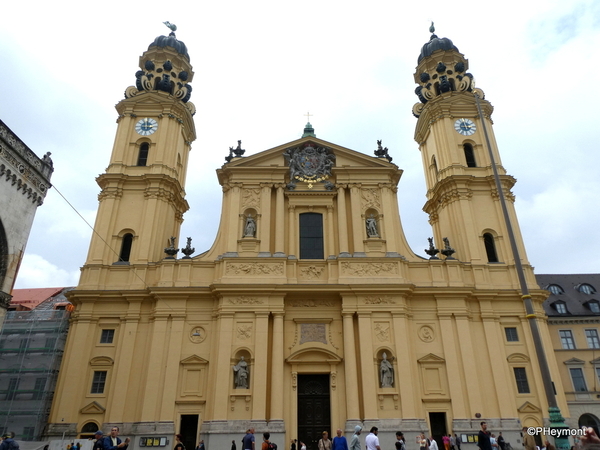
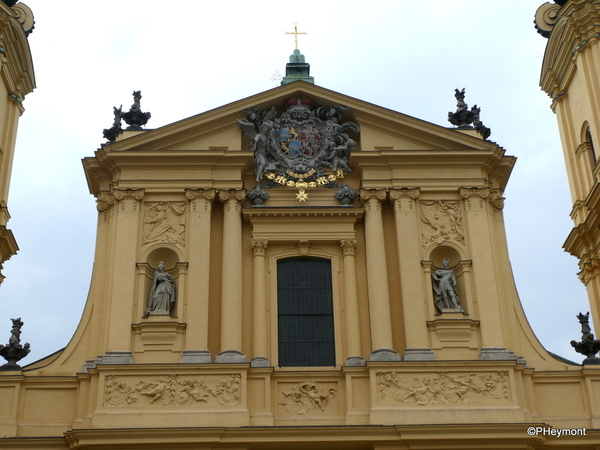
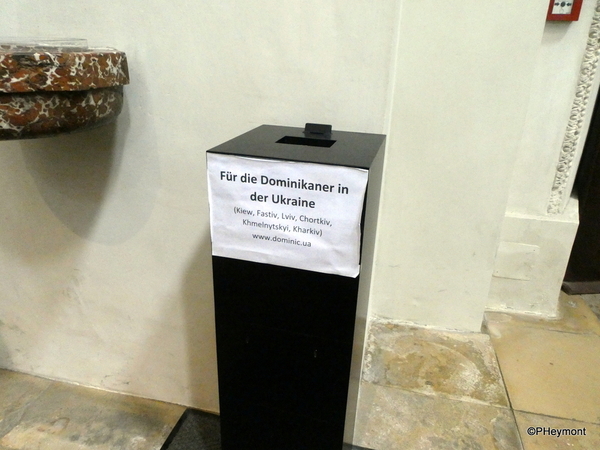
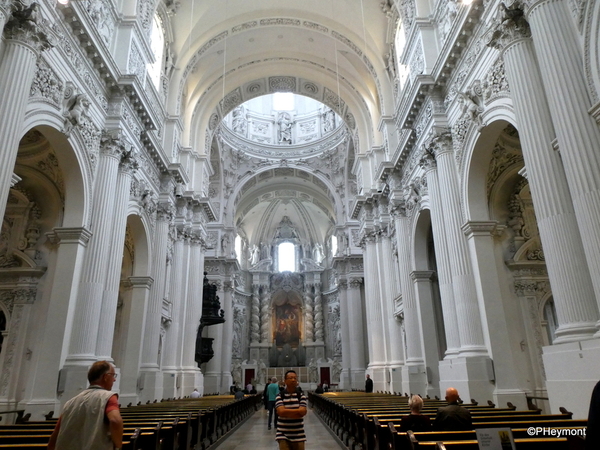
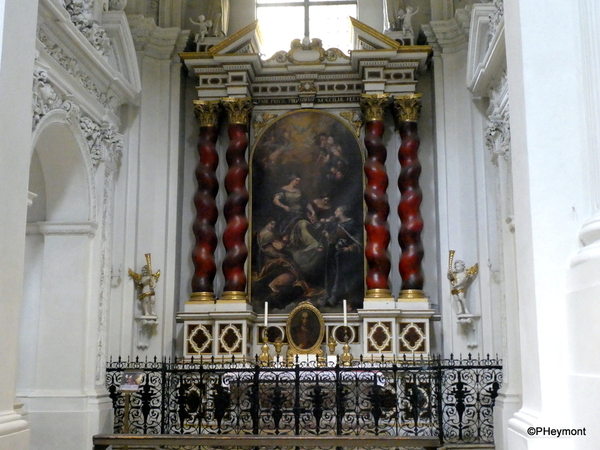
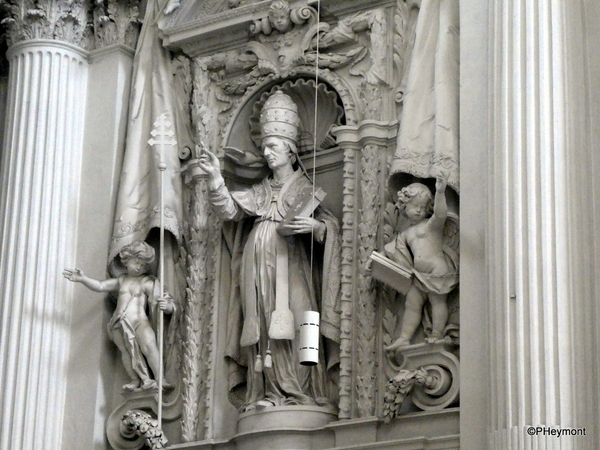
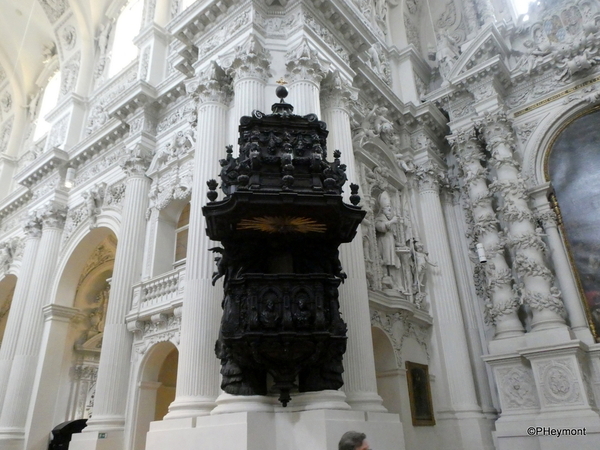
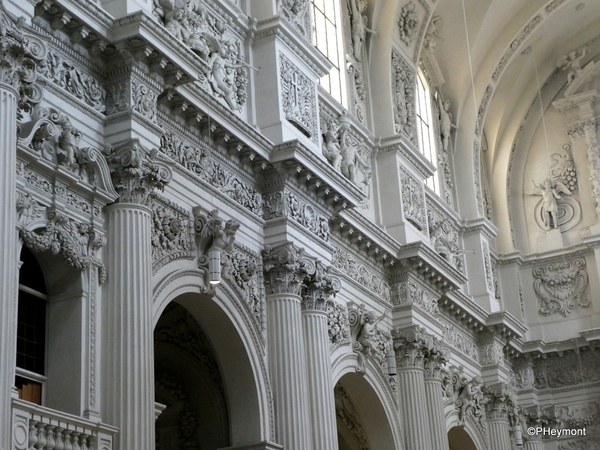
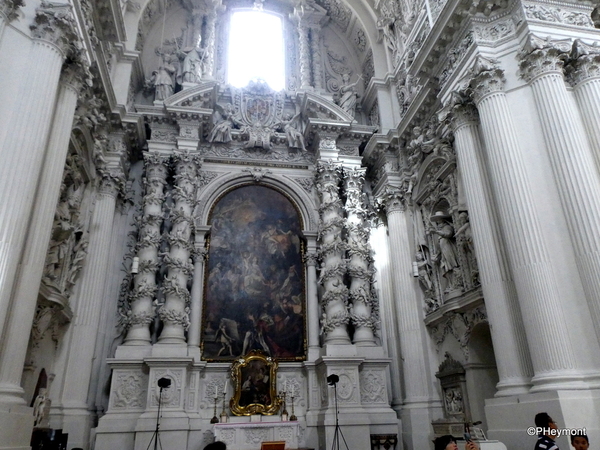
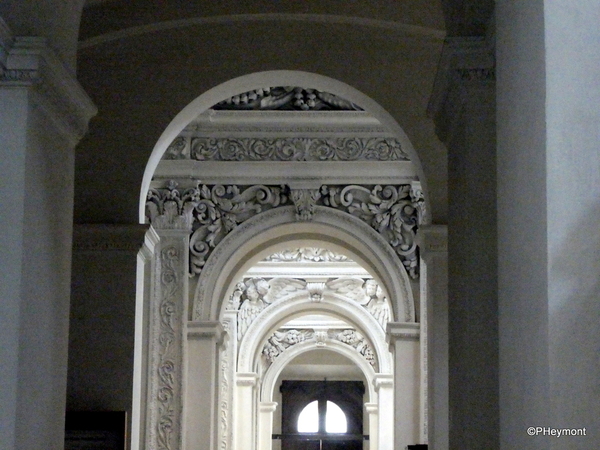
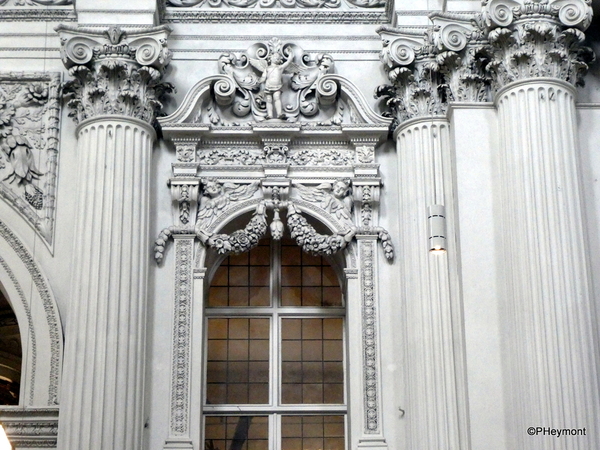
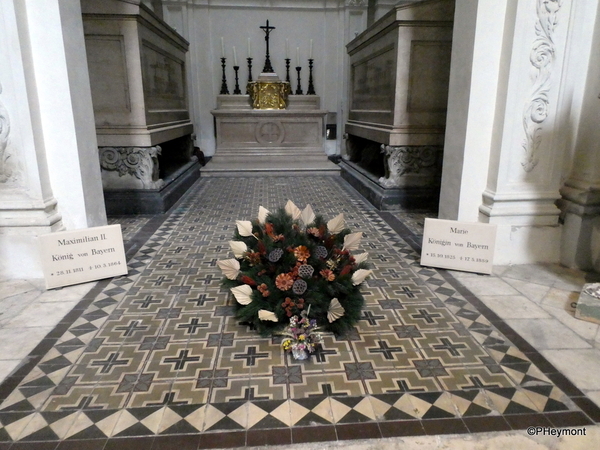
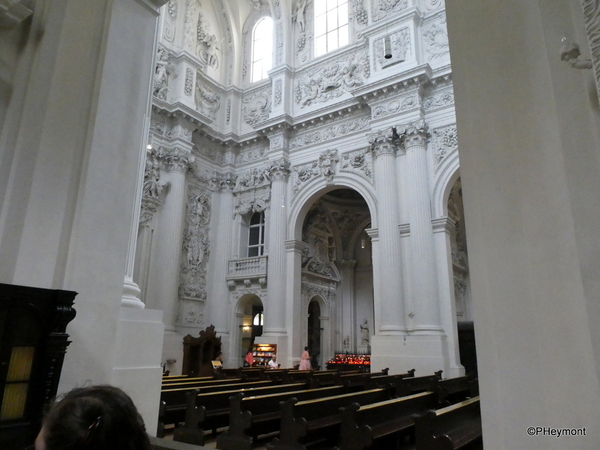
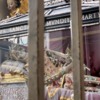















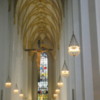







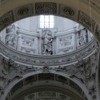



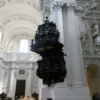









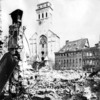

Comments (0)